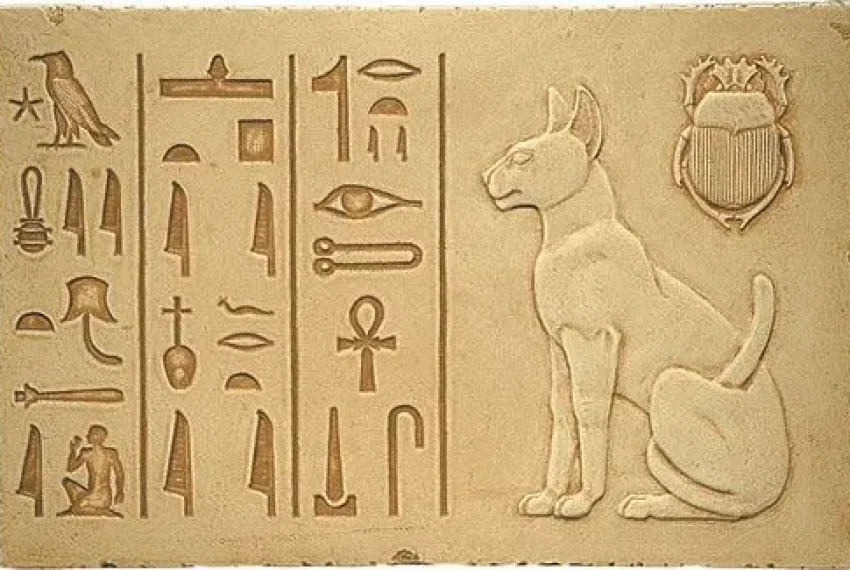In old Egyptian folklore, Bastet was a goddess of the sun, richness, and, most broadly, felines. She was much of the time portrayed as a lady with the top of a trained cat. Since forever ago, Bastet has been an image of womanliness, security, and parenthood. Her presence in Egyptian culture is a demonstration of the profound social meaning of the catlike species, and the job they played in the regular daily existences of the old Egyptians.
Bastet’s starting points can be followed back to the second line of old Egypt, around 2890 BCE. Around then, she was known as the lioness goddess of fighting, and was related with the sun god Ra. After some time, her job advanced to incorporate ripeness and family life. When of the New Realm (1539-1075 BCE), Bastet was principally connected with homegrown felines and was known as the goddess of joy, music, and dance.
Bastet was much of the time portrayed as a lady with the top of a tamed feline, generally holding a sistrum or ankh in one hand. She was once in a while shown holding a crate, an image of richness and parenthood. Her picture was habitually integrated into family things like special necklaces, adornments, and furniture.

Bastet was much of the time portrayed as a lady with the top of a tamed feline, generally holding a sistrum or ankh in one hand. She was once in a while shown holding a crate, an image of richness and parenthood. Her picture was habitually integrated into family things like special necklaces, adornments, and furniture.
The old Egyptians had a profound regard for felines, thinking of them as sacrosanct creatures. They accepted that felines were the natural sign of the goddess Bastet, and that hurting a feline was a wrongdoing deserving of death. Felines were additionally kept as pets, and were in many cases embalmed in the afterlife. As a matter of fact, north of 300,000 feline mummies have been found in Egypt, large numbers of which were covered in the mausoleums at Bubastis.
Today, Bastet is as yet venerated by a larger number of people as an image of gentility, insurance, and parenthood. Her picture is many times utilized in current Egyptian craftsmanship and gems, and she is a famous subject for tattoos. Many individuals additionally save sculptures of the goddess in their homes for good karma and assurance.
All in all, Bastet was a dearest goddess in old Egyptian culture, related with ripeness, parenthood, and, obviously, felines. Her significance is clear in the numerous sanctuaries and celebrations committed to her love, as well as the far and wide respect for felines in old Egypt. Today, her inheritance lives on as an image of female power and security.